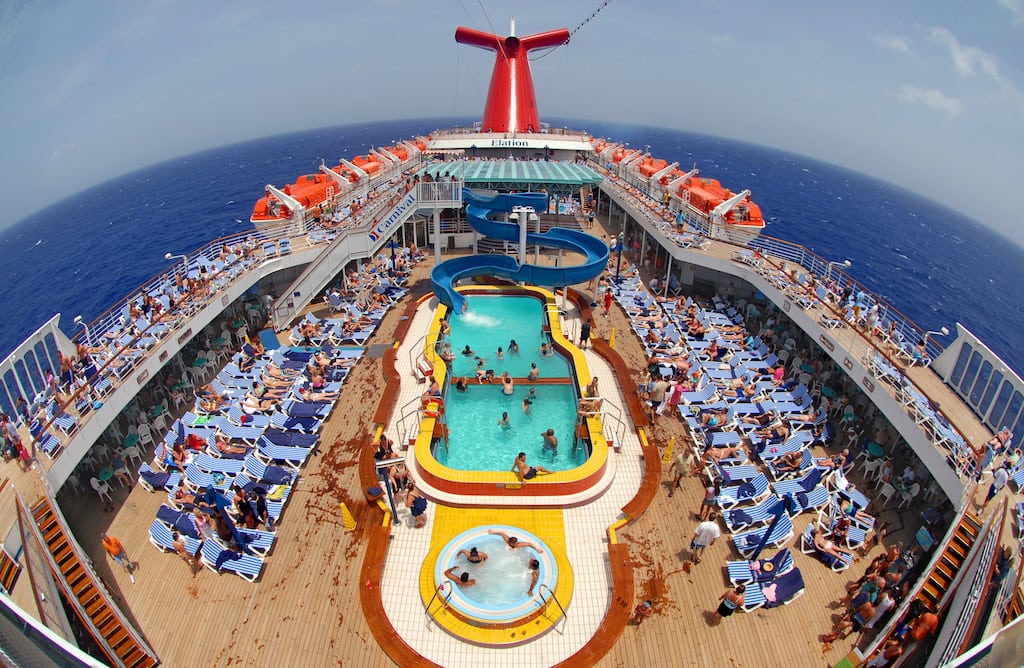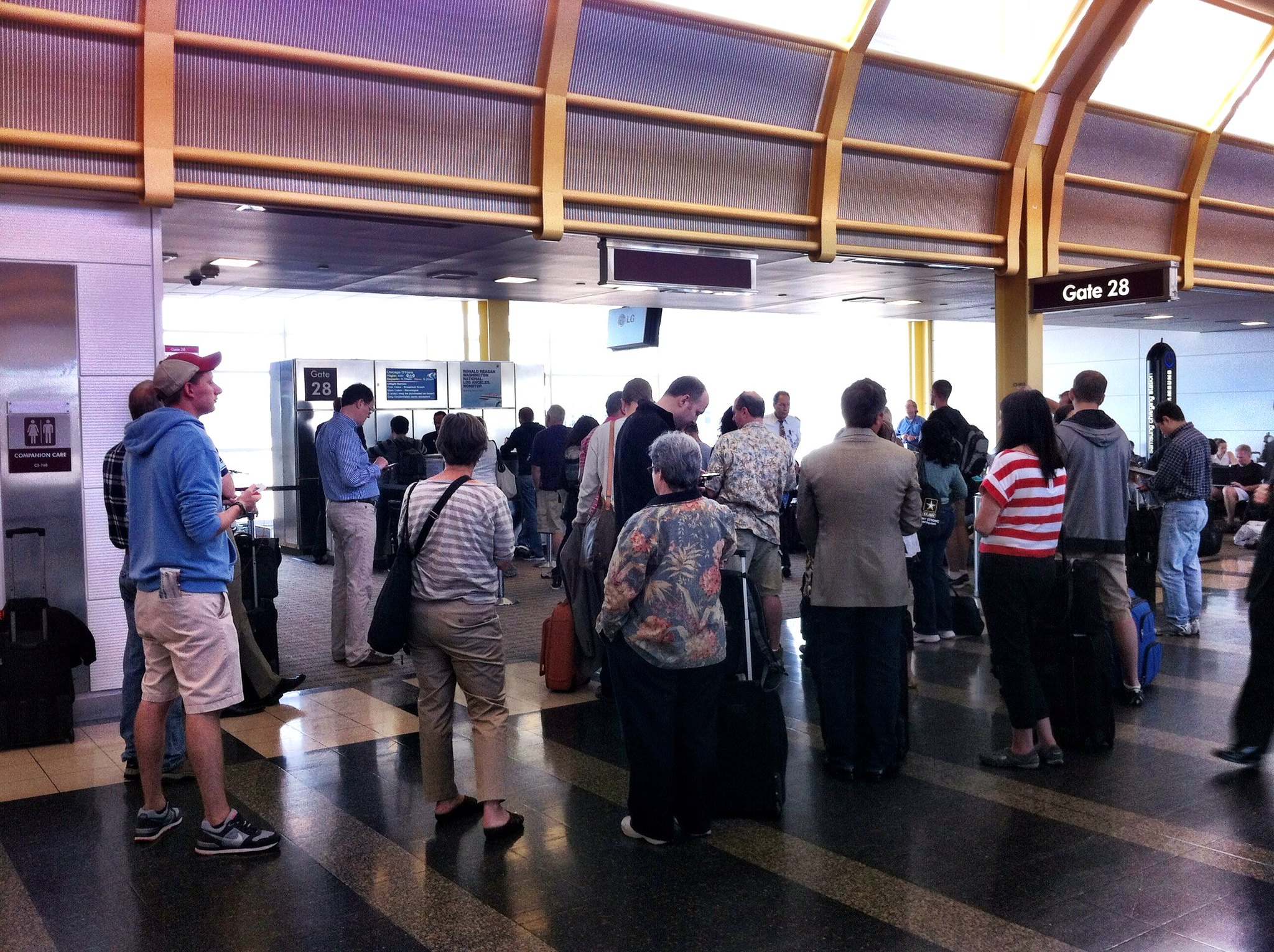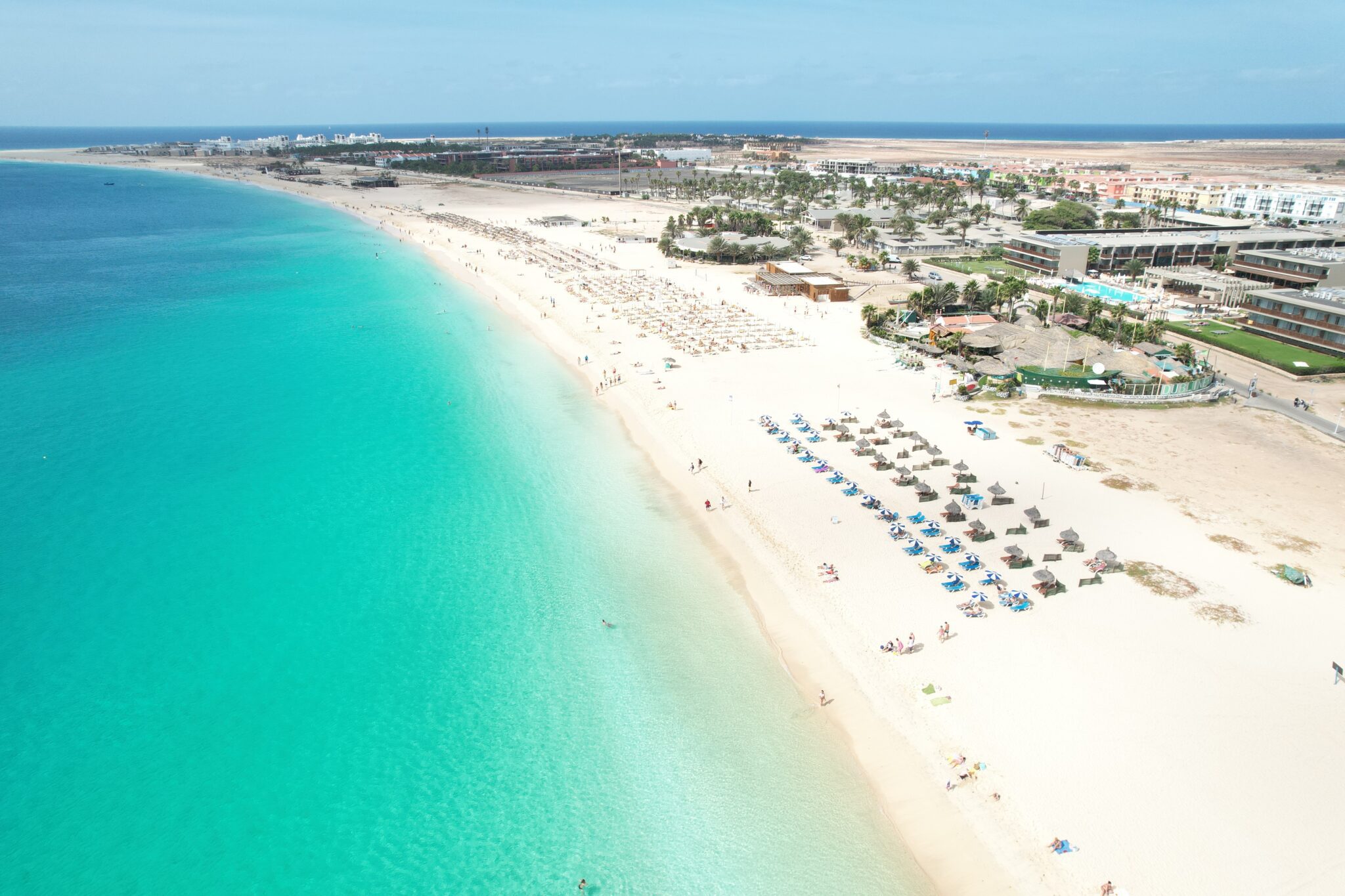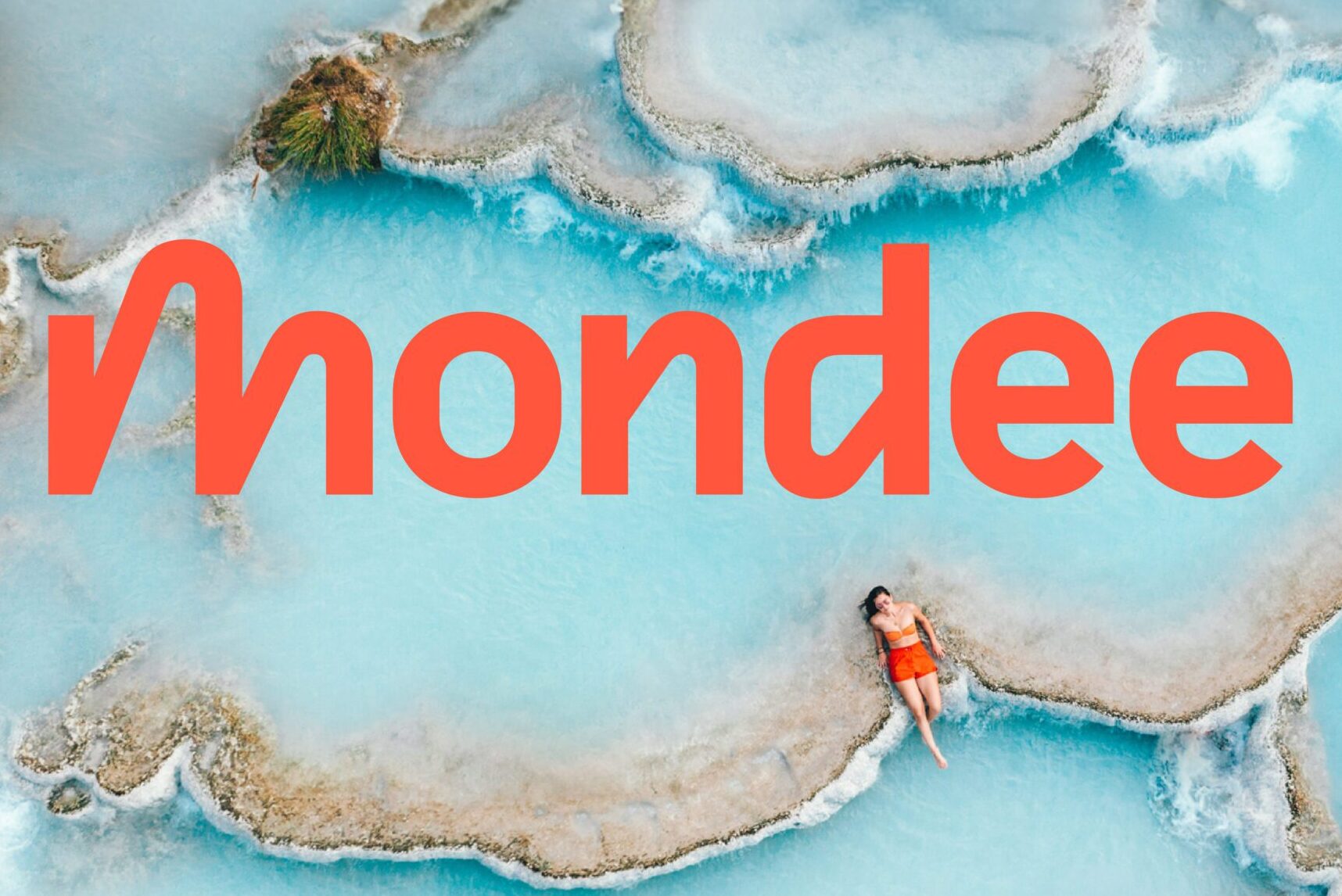Carnival Strategy Chief on Brand Collaboration and Why People Don’t Cruise

Skift Take
A few years ago, Carnival Corp. endured a series of mishaps and missteps that turned the company into something of a punchline in the minds of vacationers.
Under the stewardship of new CEO Arnold Donald, however, the ship has been righted through an overhaul of the company’s operations and marketing campaigns that have helped build trust with consumers.
Carnival Corp.’s chief strategy officer Josh Leibowitz joined the company shortly after Donald, following stints with McKinsey & Co. and Idealab, and helped revamp the company’s internal operations with an eye on how the company can get more people to cruise instead of choosing other types of vacations.
Leibowitz spoke to Skift about the challenges he faced in helping reform Carnival Corp. and how the company has tweaked its strategy to attract more cruisers in both North America and Asia.
Skift: It’s interesting because it sounds like at the time you came in it was at that period where Carnival was having some trouble, like Carnival was a sketchy proposition. But when you came in you must have seen regardless of the public perception that the business model was strong.
Leibowitz: The current situation was driven by a few unfortunate events. But I saw some trends, including rapid growth around the world in terms of major markets. I saw a trend at least in that time around a continued increase in people’s ability to enjoy and spend their vacations. I also saw a population in the U.S., which would ultimately have exceptional growth in this industry.
So let’s talk about the strategy for a minute. When Arnold first came in one of the first things we did is we went off to North Carolina and had a few days of time in the country to talk through the business. Basically in preparation for that I built the room of insights on the industry that I had gathered from my time three months into the company from conversations I’d had. Also observations about our brands, about the vacation market, about management, about our scale in terms of purchasing, and I put about 100 poster boards and exhibits in this meeting space. I walked our CEO through it over the course of about an hour and a half. And then from that, Arnold facilitated three days of management conversation.
That really was the beginning of setting the priorities for this company, and we re-upped our revenue. An example is to completely re-think and understand our brand portfolio, and our position of the brands in the portfolio. We conducted the largest ever vacation market survey and study with over 40,000 consumers.
Skift: And what did this survey tell you about cruisers that you didn’t already know?
Leibowitz: The first step we took was to go to the consumer, and understanding what they want for a vacation, look at how do we increase the cruise to vacation ratio; how do we increase the demand and the frequency of cruising.
The strategy is how do you drive consideration, because the reality is that people take vacations. Here’s some facts about research. The average consumer debating on where to go on vacation will think about between two and three vacation types. When we ask what is the number one competitor for our brands, the beach, is one of the most considered types of vacations from the people we surveyed. So the beach is a competitor, not another brand, so the beach so the real competition. From there we need to get the right people on the right ship for the right experience. The number one barrier is people not even thinking about it.
Skift: So how do you get people to even consider cruising, then, if they just want to sit on the beach and chill?
Leibowitz: I sat in focus groups and a lot of people would say ‘I’m not a cruiser’. I’d say ‘let me ask you something, have you ever been to Alaska?’ They would say ‘no I’ve never been to Alaska’. Well, Alaska is best seen by water.
What that led us to do was look at what are places best seen by water, because water covers more earth than anything, so we came up with the seven cruise wonders of the world which are all the best places to see by water. Carnival has put “we take you to the best beaches” in its latest advertising, because when you go on a cruise on a Carnival ship or a Princess ship in the Caribbean, we take you to the best beach in the world not just once, but you could see four on the same vacation. Obviously that changes peoples’ mindset about cruises. That’s something that shocked us in the research.
Skift: What else did your research show you about American vacationers?
Leibowitz: The startling thing we found was that there were 41 million people that hadn’t taken a vacation in the last two years. So let’s take those 41 million people, and basically if you took those people and over the course of the following four years that each person took a cruise we’d fill every cruise ship in North America, and then if each one of those people decided to cruise again in the next four years, you’d fill them again. So part of this is getting people their time off so they can enjoy their vacation.
Each brand in our portfolio has these proprietary insights from all our work, and they say ‘what segment am I catering to?’, and ‘how large is that segment? What are the things that they love, and what are the things that I can do better to attract them more and grow bigger demand?’. The thing we had to do with each brand is make sure that they were innovating and driving new stories, and being present in stories to drive demand.
Skift: So now you have all this data. You have to start coordinating between your brands in order to make changes that create a positive business outcome for Carnival. Was there collaboration between brands in the past, or was each one operated like a separate entity?
Leibowitz: So up until two years ago the answer was an absolute hell no, because they were competing with each other. Let me give you the model. So the brands competed with each other, and remember when I said before that we weren’t in the cruise industry, but we were in the vacation industry? Up until a few years ago, what happened was the brands not only were in the cruise industry, but they looked at each other as competitors.
We fill every bed every day, so why would you ever want to compete with a sister brand for beds, because what happens is when you compete you’re just going to lower the price, and you already know you’re both going to fill. Instead we focus on the broader vacation market, and stimulating vacations and demands. Up until two years ago they didn’t collaborate, and they kept their secrets closely guarded. Now with this democratization of data, they have all of their information, they lay out the segments that each once caters to that’s unique, and there’s tens of millions of people in these segments. There’s plenty of people to fill the ship.
So we all have access to the same data. We process millions of guests’ comments a year, and we now have advanced tools to understand what they’re really telling us. We’re long past the age where an individual reads them all; we now have a machine that helps us with how to respond to guests, and then we’ll individually read the ones that call out for attention.
Skift: How do you actually take all this data and change how Carnival brands operate?
Leibowitz: One of the things we say is there are no projects. This is the way we work; this is not a project. We’re going to change the way we work in data and analytics to improve the management system. The reason why we don’t want to call it a project is because we’re trying to change the way people think about working together rather than a project that goes away. So one of the big hurdles is getting people to feel comfortable – that my success and your success can co-exist, and by co-existing we’re actually going to do better.
Last year for example on leveraging our scale we delivered over $80 million in improvements by actually many cases working for suppliers in a totally different way, and it’s not just about going out and hammering on price. Every vendor we deal with is now looking at us differently. Two years ago we didn’t share prices with each other in many cases, but now we can work together and leverage our scale.
Skift: Right now it seems that Carnival Corp. has its sights set on China as the next major emerging vacation market. What’s your strategy in China?
Leibowitz: For us when we look at China, really this is about putting the right number of ships in China. We have some of our highest guest satisfaction ratings in the world on our China experiences right now between the Costa and the Princess brands. They’ve already announced that we have multiple brands coming in the market. But again, in China we’re not in the cruise business; we’re a vacation business. And that’s what we need to keep our eye on; there’s plenty of consumers. We also have scale. It’s a very complicated market to operate in, because you need sponsorships, and an understanding of the regulations.
Here’s the thing to think about. We just completed a major market study in China. The first thing is the demand for building the idea that the cruise is for vacation, and I should say the first thing is actually getting people to take vacation. There are different profiles, wants, needs, and expectations or desires of the Chinese consumer. They’re not uniform as you would expect. We’re committed to a portfolio of brands strategy, which allows us to have a brand for every want and need in the market. We have a better understanding of what those consumers are which is why we compete with multiple brands, not just one.
By having multiple brands rather than a single brand in the market, we also are able to differentiate our own porting and the itinerary. Like how many Chinese people have been to Italy? We can bring Italy to China on Costa. We offer this global brand or global experience that you couldn’t have anywhere in the world. When you look at the segment for China that Carnival goes to, it’s larger than all the other ones. So we’re excited about our multibrand strategy.




